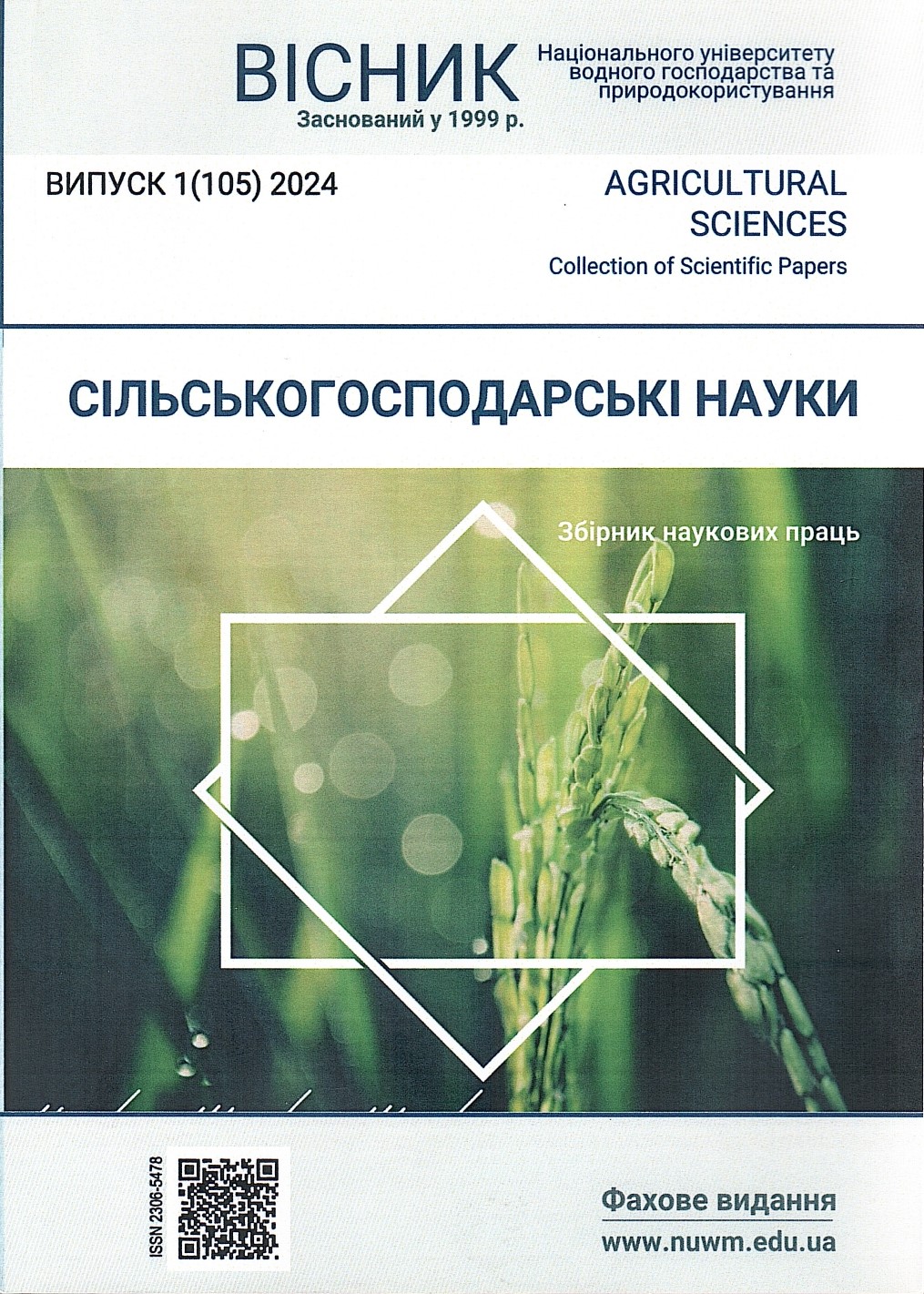EXPANSION OF COMMON JUNIPER (JUNIPERUS COMMUNIS L.) IN THE TERRITORY OF POLISSIA NATURE RESERVE
DOI:
https://doi.org/10.31713/vs120243Keywords:
forestry, reserve, curtains, tree stand, fresh berries, age structureAbstract
The article presents research materials on the endemic flora, particularly the rare species of common juniper, growing in the northern part of the Ukrainian Polissia within the territory of the Polissia Nature Reserve. It is noted that this species exhibits high sensitivity to changes in ecological conditions, making it an important bioindicator of anthropogenic impact. Considering that the common juniper is not included in the Red Book of Ukraine, this species is part of the rare phytocenoses. Specifically, the communities of pine-oak forests, as well as pine forests with the presence of common juniper, are included in the Green Book of Ukraine. The research results show that over the last decade, the distribution range of this species in the Polissia Reserve has significantly decreased due to forest fires. The article describes the habitat of the juniper, including its occurrence in dry and fresh pine forests located on the upper parts of slopes and sandy hills, as well as in wet pine forests and on the edges of swamps in the form of suppressed individual specimens. In some areas of dry and fresh pine forests, the species forms dense multi-aged stands covering an area from 0,2 to 0,5 hectares (quarters 22, 24) in the undergrowth layer. Such places are optimal for its growth in this region. It is also investigated that pine forests with juniper-lichen communities are not affected by changes in groundwater levels. They can grow in extreme conditions (with moisture deficit) and are characterized by low mobility. Their spatial structure remains almost unchanged for a long time. Only with age do the plantations age. When inspecting old juniper stands, there is continuous overgrowth of the trunk and branches of the first order by bushy lichens, which over time leads to drying and dying off.Downloads
Published
2024-05-31
Issue
Section
Articles

